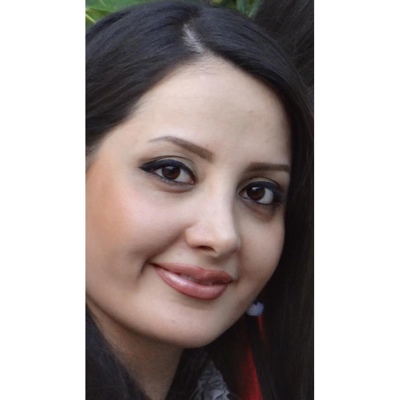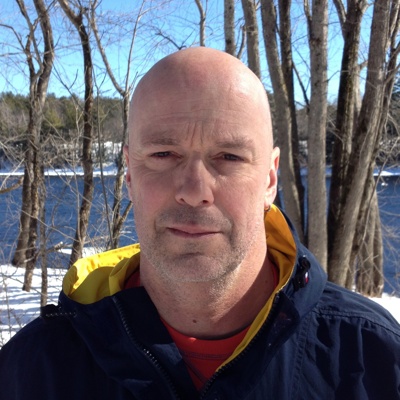Connecting as a Community – Kate Cory-Wright

A few years ago I left the ever-growing (and increasingly noisy) city of Quito, Ecuador, and moved to a tiny community in the Andes called San Juan. San Juan functions as a community in every sense. It centers around a small primary school next to the community center, where 40 elderly people are taught literacy and given free lunch every day. “Mingas”, the ancient Ecuadorian tradition of working together, play an important role: farmers help each other to plant crops, look for missing animals, and build new classrooms. There are no street lights, paved roads, or stores here. Just an overwhelming sense of peace I’ve never known before.

It sounds idyllic, and it is. But education is a huge obstacle for local children. There is no transport to the nearest village, where the secondary school is located. It’s a 3-mile uphill walk for the teenagers here! Secondary school consists mostly of rote learning. Classes are given by poorly trained unmotivated teachers from Quito, who live at the school from Monday to Friday. After school, kids work on their parents’ farms. Since most parents are illiterate, children get little parental help with their homework. Sadly, even the brightest children may not have bright futures. The chances are, they will become farmers, factory workers, or builders. Small wonder, then, that the locals reacted positively when I offered free English classes for their children.
The classes have been running for almost two years now. Most learners attend with a sibling, which means that the group is both mixed ability and mixed age (8 to 16 years!) Despite this mixture, my home operates as a classroom where we can work and relax as an integrated group. The students have made great progress, especially in speaking and listening, and their parents remain grateful, often sending me gifts from their farms (including live chickens!)
As for me, I’m still finding my way…
Most educators have a genuine wish to contribute to a happier society. We also wish to become “whole” as teachers. Yet, this is easier said than done. Despite decades of experience as a teacher, I have never been able to achieve these goals. In some cases, the long hours, large classes, and strict curriculum, gave me little chance to explore what it means to be “whole”. In other cases, the school obsession with English exams prevented me from keeping my intention alive. Now, at last, I can tap into my interests and passions. I can get to know my learners like friends, and care for them. Above all, I can experiment and fine-tune my goals.
Last Saturday I had “one of those classes”. You know the kind I mean… Nothing went according to plan and we ran out of time. That’s right. It was a wonderful lesson.
What happened? First, I reviewed vocabulary by placing candy in different parts of the living room and eliciting prepositions of place (the candy is on the table, etc). Then, half the class (Group 1) went out to play in the garden, while the others (Group 2) hid candy around the room. When Group 1 returned, they looked for the hidden candy. In order to eat the candy, they had to make a correct sentence about the location, using in, on, under, next to, etc. Group 2 listened and decided if the sentence was 100% correct.
Suddenly, I realized that this was working very well and could be developed further. So I added a new rule: next time they found a piece of candy, they had to describe the location using two sentences. Then a student suggested that friends could help each other in return for half the candy. More new rules were added (mostly by the students) until the task became more and more challenging. My intention had been to do a pair information gap on paper, but instead we played a spontaneous game. The final result? Everyone was able to confidently use prepositions of place.
“What’s so special about that?” you may be thinking. And you would be justified. There’s nothing original about the activity. Student involvement is common nowadays. And although the outcome was positive, it’s not so unusual. So what made it special?
Perhaps the best word to describe the lesson is connection. All the components came together. The class atmosphere was warm and supportive. The more I encouraged my students’ enjoyment and involvement, the more I rejoiced in it. I “went with the flow” and let go of my concerns (and my lesson plan). Above all, we worked like a community and we felt a sense of joint success. Spontaneously, we all did high-fives at the end of class.

No doubt you know this feeling, too? Sometimes everything just falls into place and you connect with those around you. You feel part of a “whole” learning community. But it doesn’t happen in every lesson, in part because we are not usually taught how to become “whole teachers” when we train. However, it is a goal that we all strive to reach. Consider this definition of the “whole teacher”:
“By your own act you teach the beholder how to do the practicable. According to the depth from which you draw your life, such is the depth not only of your strenuous effort, but of your manners and presence. The beautiful nature of the world has here blended your happiness with your power.” (Gilman, 1965, p. 437) (891)
There is no doubt that it feels wonderful to be more whole as a teacher. The more connection and care we feel for our students and colleagues, the more energized and joyful we feel about ourselves. There is also no doubt that this sense of wholeness has a positive effect. But the million-dollar question is: how can we make ourselves more “whole” as teachers?
Not being a person who thrives on airy-fairy descriptions or nebulous advice, I’d prefer to leave you with a simple list of questions! If you are interested, answer the questions for yourself. Then consider your “no” responses. How could you change yourself?
| How “whole” are you as a teacher?
1. Do you forgive yourself if a class goes badly? 2. Do the majority of your lessons bring you a sense of joy? 3. Are you adaptable? If an activity goes well and you can see a way to continue with it, are you happy to run with the ball (even though it wasn’t on the lesson plan)? Equally, if an activity doesn’t go well, can you adapt it spontaneously/in real time? 4. Do you ever experiment with new ideas? 5. Are you able to let go of total control during your classes? 6. Do you “connect” with most of your students? Do you genuinely care for them? 7. Do you ever put yourself in your students’ shoes and reflect on how they feel? 8. Does an element of the “real you” come across in your lessons? 9. Do you feel a passion for teaching and for your subject? Does it show? 10. Do you take enough care of your health and happiness outside of class? |
Sources:
http://newglobaled.org/whole_child_education.html
http://www.weteachwelearn.org/2010/05/the-quality-school-teacher-glasser-w-m-d/
Connect with Kate and other iTDi Associates, Mentors, and Faculty by joining iTDi Community. Sign Up For A Free iTDi Account to create your profile and get immediate access to our social forums and trial lessons from our English For Teachers and Teacher Development courses.






